I delivered a webinar recently through Nightlight’s Embryo Adoption Center. I was delighted to have a chance to address this new-to-me audience, people who are in the middle of making family-building decisions.
Because why wouldn’t we transfer what we now know about parenting people who grow up adopted to parenting people who grow up as a result of donor conception? After all, humans created via third-party reproduction also face the challenges of having a split between their biology — the DNA they’re born with — and their biology — the life that is written by those we call family. It makes sense that parents building their families through donor embryo, donor eggs, or donor sperm would seek ways to better serve their resulting children.
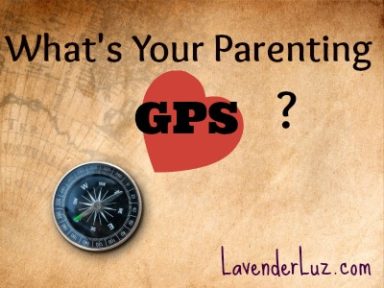
Over the next several posts, I will share with you some of the questions that came up during that webinar and the answers I offered. But first, let me fill you in on two upcoming events.
Later this week, April 1, I’m leading another webinar for Nightlight’s Snowflake program, this time aimed at medical clinics and reproductive endocrinologists. If you or your doctor would like to tune in, click for more information on Clinic Responsibility to Parents and Children: The Value of Open Relationships.
And on April 14, Bethany Christian Services is hosting a webinar for adopting and adoptive parents, From Fearful to Fearless: 3 Key Shifts To Help You Embrace Openness in Adoption. It’s available to all, not just Bethany families. Bethany families can receive education credits. Registration is limited to the first 200 signer-uppers, and there is a nominal fee per household — $15.
~~~~~
Here is the first question that arose from the webinar. I’m encouraged that the question was asked because surely adoption professionals (embryo or otherwise) encounter a lot of fear in their clients when it comes to openness. It’s good to know such professionals are seeking ways to coach would-be parents through their fears. That can only be a good thing for the resulting child.
How can I as an (embryo) adoption professional better explain the benefits of openness to clients who want to keep things closed?
First of all, make sure the client(s) receiving the embryo understand the difference between openness and contact. Many of their fears may come from misconceptions about birth or bio parents in general and what contact might look like.
The more parents come to understand openness — how beneficial it is for all involved — especially their own relationship with their child — the less scary contact will be to them. People who can’t consider anything different from a closed adoption are probably operating from an Either/Or mindset. They can be guided to a Both/And heartset.
Steer them toward openness first, and once they embrace (a) the solo effort of being introspective about one’s own fears and (b) the duet of openness done with the child, then contact with birth/bio parents, if available, is likely to follow. In fact, they may end up actively pursuing it.
I might say something like this to people who are resistant to the idea of open adoption:
We are hearing from adoptees who were raised in the closed era that not being able to talk with parents about their innermost thoughts around being adopted made difficult things — identity building and integrating all their parts — even more difficult, because they felt the had to go it alone. We encourage you to explore ways you can keep open channels with your kids through all their growth stages so that they’ll let you in to their inner world when they have adoption-related emotions. You’ll find that openness tends to benefit everyone involved in an adoption, not least of all you, the adoptive parents.
What do you think? What other ways can (embryo) adoption professionals help their clients open to openness?
Other questions that will be covered in this series:
- I know an adoptive mom who won’t give her boys information about their birth mom. What do you think?
- Our 17 year old wants to go live with his birth parents. What should we do?
- As an adoption professional, how can I help my clients move from fearful to fearless in open adoption?
Image courtesy nuttakit at FreeDigitalPhotos.net

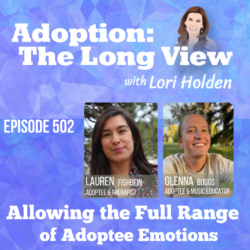

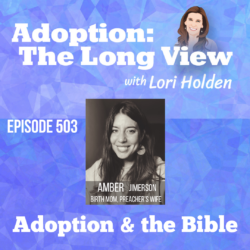
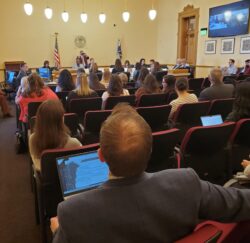
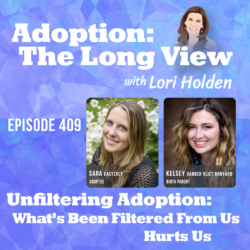

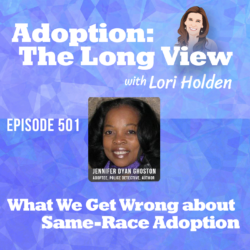
6 Responses
I absolutely agree that these discussions need to happen within thr donor egg, donor sperm and donor embryo community. Even with surrogacy. Hiding this information promotes a culture of shame and secrecy. Like with adoption, a mindset of openness can lead to a beneficial outlook for everyone involved from this process. Thank you for taking the time to educate and promote this movement.
The further I get into it the more parallels I see between challenges in parenting via traditional adoption and parenting after conception by donor gametes.
Good for you! I love the “Both/And heartset” comment. As an adoptee from the closed adoption era, I’ve often thought about how much harder it would have been if I had been conceived by donation, and was left with just a number. At the very least, I knew both my birth parents had had some kind of relationship that created me. I have often thought about the “doner” children who were created in a clinic, with just a number in their chart. I would like to see laws protecting their personhood, so that at 18, if they wish, they are given their heritage; facts about their doner parent like ethnic & religious background, traits, interests/talents etc, and a photo. A way to contact their doner if both sides agree to a meeting would also be healing for them. I think their mystery would be even harder for some of them, than that of the traditional adoptee. That’s my personal opinion, and I appreciate you helping to bring new awareness to the medical community & prospective parents about potential needs of the “created” child, who may grow up and want answers, as is their right as a human being.
Thanks so much for taking the time to share your thoughts, Kathleen.
Oooh, I can’t wait for the answers to the next two. Those are toughies!
Part 2 just went up! https://lavenderluz.com/2015/03/withholding-information.html
Part 3 later this week :-).